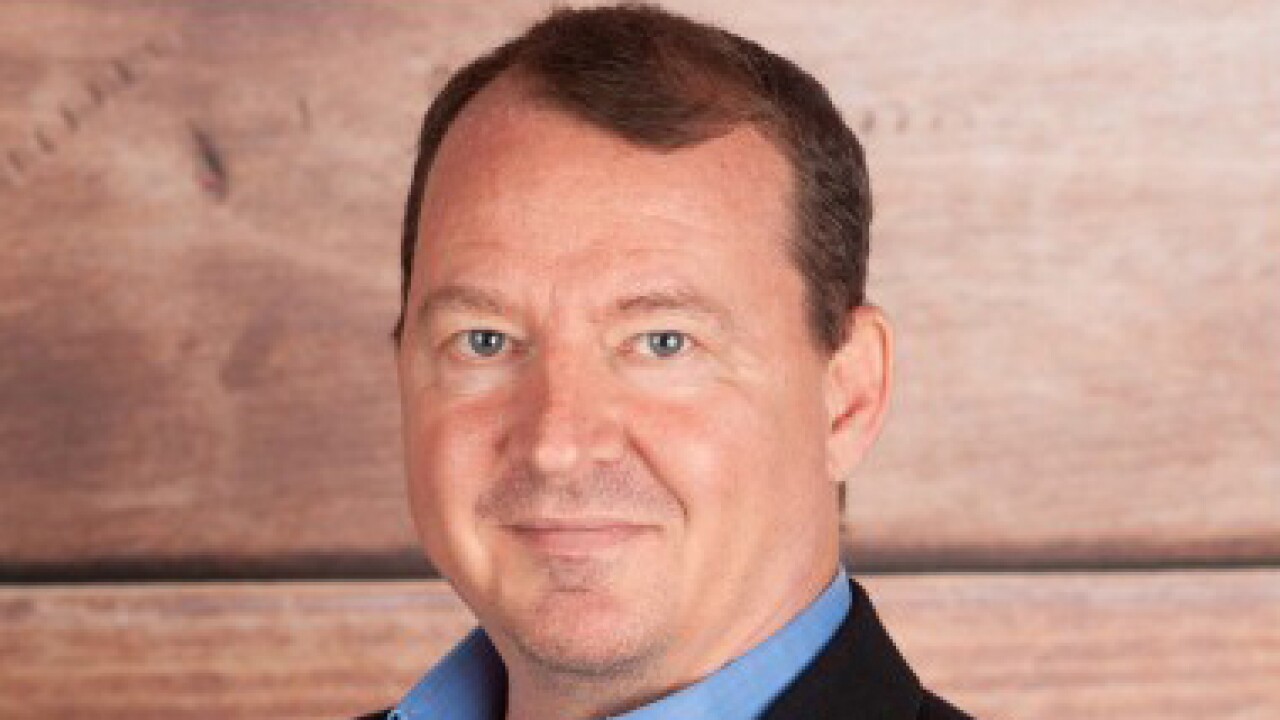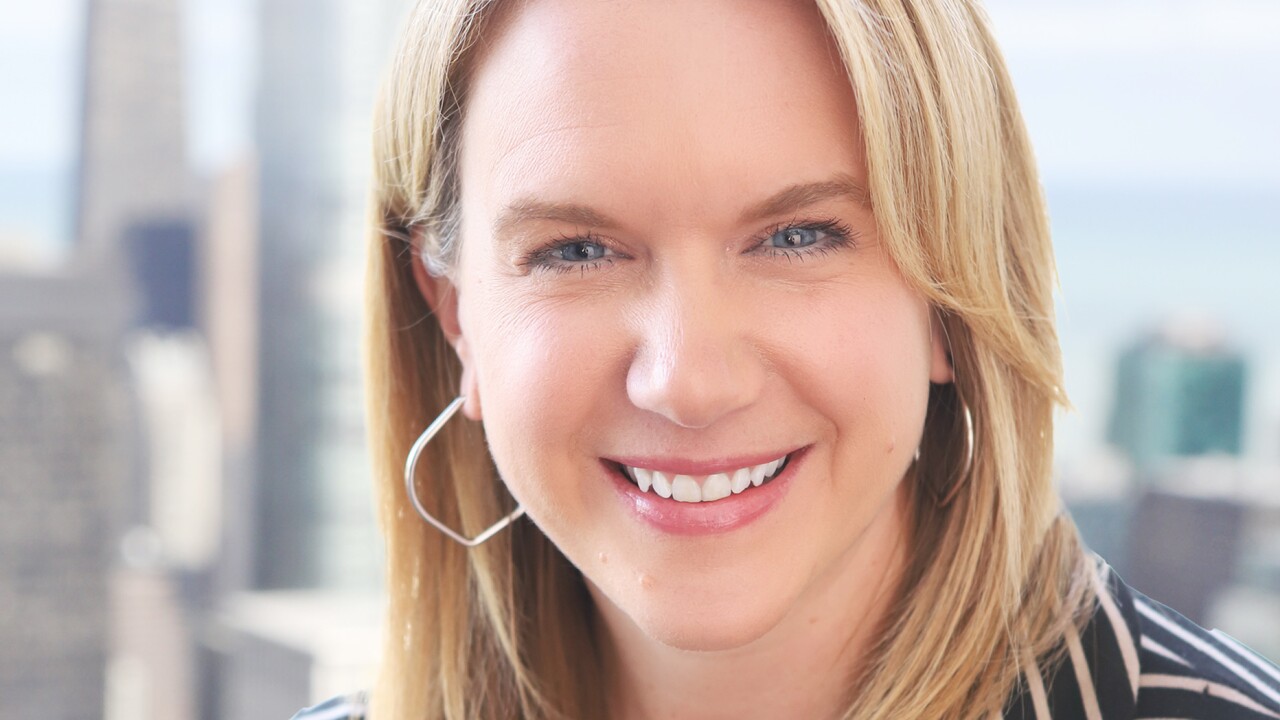- Key Insight: Americans are increasingly overwhelmed by all their digital subscriptions, leaving an opening for banks to help organize and save money on them.
- Supporting Data: In 2022, the average U.S. consumer thought they spent $86 per month on their subscriptions, but actually spent $219 per month.
- Expert Quote: "We all have so many subscription services, it becomes largely unmanageable," said Paul Larbey, CEO of Bango. "There's a massive value in being able to bring all those together."
There are many ways banks can improve customers' loyalty. In the future, one important way may be through their Netflix accounts.
As Americans subscribe to an ever-growing tangle of streaming platforms, news sites, meal kits and other services, a number of banks and fintechs are finding ways to help customers wrangle them all.
Some "bundle" a set of subscriptions under a single, discounted bill. Others help clients find and cancel the services they don't use. And a few provide a simple but useful service: gathering every subscription in a single "hub," so the customer can see and manage them all in one place.
So far, these innovations have mostly been the domain of a few fintechs and apps. But Bango, a British company that sells a subscription-bundling platform to businesses, believes this is a space banks could lean into — and their customers would reward them for it.
"More or less everything we do now, from razor blades to food delivery to everything else, is on a subscription," said Paul Larbey, Bango's CEO. "We all have so many subscription services, it becomes largely unmanageable. … They're all in different places, and there's a massive value in being able to bring all those together."
Research shows Americans spend a good deal more on subscription services than they realize. In 2022, the average U.S. consumer estimated that they spent $86 per month on these services, according to the consulting firm
The reason for this gap, in many cases, is auto-pay. Seventy-four percent of C+R's respondents said it was easy to forget about their automatic payments, and 42% said they had accidentally kept paying for a service they no longer used.
This, Bango says, is where banks can help. According to the firm's own research, 63% of U.S. subscription users want one app to manage all their services, and 57% would be more loyal to a brand that provided that single interface.
Therein lies the opportunity: Building this hub into a banking app, Larbey said, would create a "monthly touch point" with customers, driving up their use of the app and, in the long run, increasing their loyalty to the bank.
"It gets more regular engagement in the banking app, because you're going in the banking app not only to look at your banking, but to manage your subscriptions," Larbey said. "And the more somebody uses the banking app, the more likely they are to take out adjacent banking products, be it insurance, loans, savings accounts, or whatever."
Some U.S. banks were ahead of the curve on this. In 2018, Wells Fargo introduced "Control Tower," a service on its website and app that allowed customers to check on all their recurring payments and mobile wallets. That service was later discontinued, but its features were folded into Fargo, the bank's virtual assistant.
Bundled together
To draw customers in, banks can offer another perk: a bundle of subscriptions that come with a bank account at a reduced price — or even for free.
One early adopter of this practice is Revolut, a European banking app similar to Chime. A Revolut Ultra account includes 16 subscriptions, including to the newspaper Financial Times, the fitness app ClassPass and the dating app Tinder Gold.
Revolut says the combined value of these services is $5,785 per year, but the Ultra account — which itself is a subscription that costs
According to Bango, this strategy has paid off for Revolut. One year after the banking app rolled out its bundles, Bango found, revenue from its subscription fees rose by 74%.
"By collaborating with leading brands and providing customers with daily value … we've created a more premium brand experience that drives loyalty," a Revolut spokesperson told American Banker in a statement. "While we don't comment on other firms, we can confidently say that this model has been successful for us."
Some U.S. banks have begun to offer similar packages. JPMorganChase's Sapphire Reserve card, for example, features free subscriptions to Apple TV+, Apple Music and DoorDash. And the Boston-based Berkshire Bank offers two years of streaming credit with a new checking account, payable to Netflix, Disney+, Hulu and other sites.
Search and destroy
Then there's the other service banks can offer with regard to subscriptions: helping to cancel them. Whether it's by starting a free trial and forgetting about it, signing up for a streaming service that one's spouse already has, or finding that the kids got hold of the credit card, consumers often end up paying for unwanted subscriptions. Lenders can help track them down and take them off the household balance sheet.
One such service is Bank of America's AI assistant, Erica, which answers customers' questions online. Every quarter, the bank says, Erica answers more than 3 million queries about recurring subscription bills.
"The number of interactions around these topics just continues to climb," Jorge Camargo, BofA's head of digital platforms, told American Banker in an interview.
Though Erica itself does not cancel subscriptions, it does provide important information about them, including whether their monthly costs have risen and, if the customer canceled one, whether a refund was ever delivered.
Erica's helpfulness, Camargo said, has rubbed off on how clients feel about the bank.
"Having an AI agent that can help do that work for you in the background really generates a lot of goodwill from a client perspective," he said.
As for the hubs and bundles, will traditional banks adopt the innovations that apps and fintechs are already perfecting? It may take a while, Larbey said. But if they do catch up, the rewards could be substantial.
"It's a way of driving customer loyalty, reducing churn and attracting new customers with additional services that actually solve a real need," he said. "It gives the consumer a discount, but importantly, it gives them control over their subscriptions."






